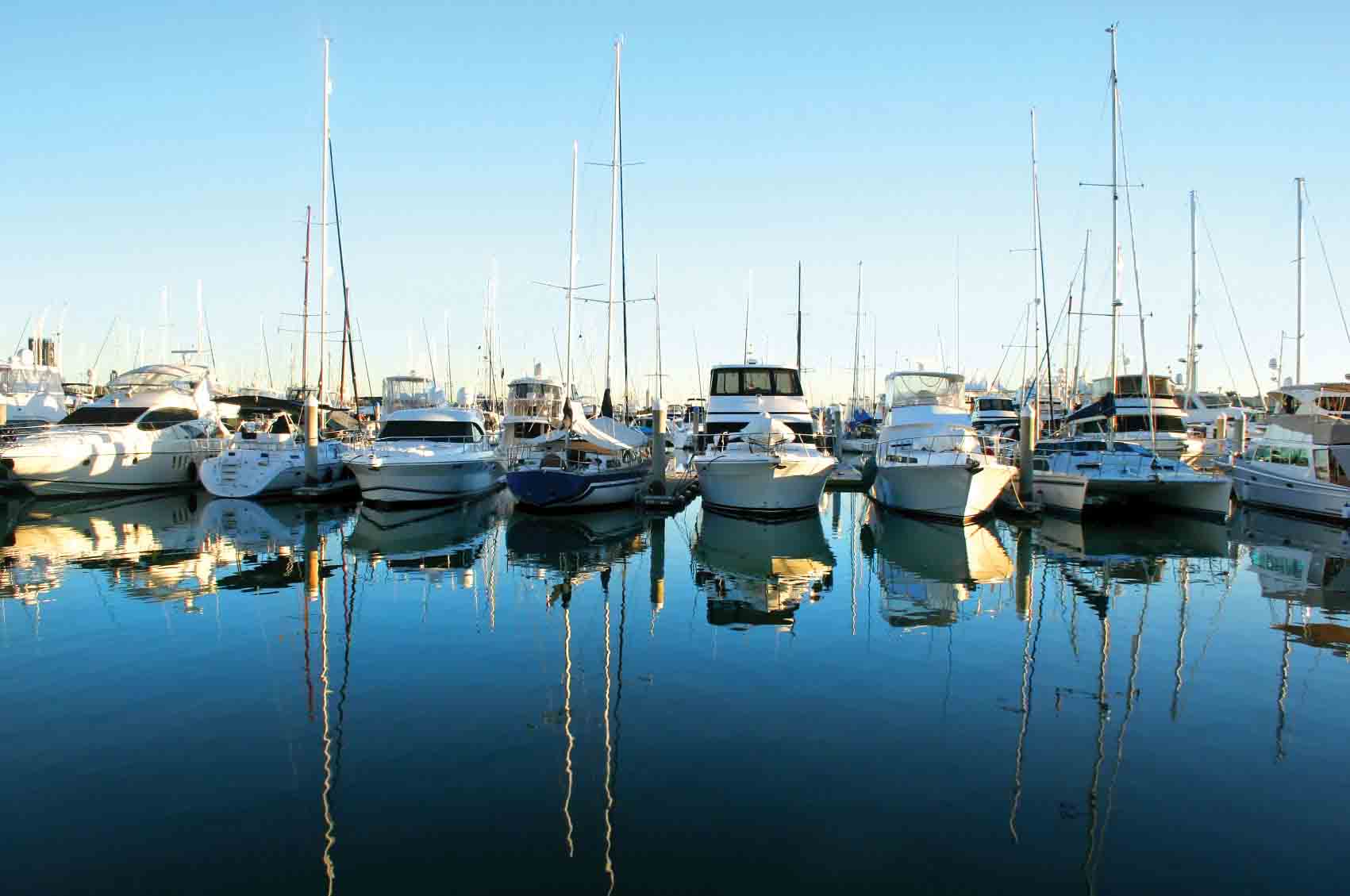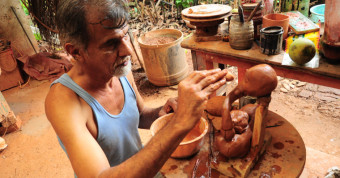Why has it been so hard to establish a world-class harbour in this coastal paradise?
“What if I told you Goa already has a marina and there have been marinas in Goa for many years now, for sale ” Hemant Arondekar begins.
As the chairman of a task force on nautical tourism constituted by the Confederation of Indian Industry (CII) Goa chapter, store Arondekar is pitching for a marina in Goa, symptoms which he says is crucial for Goan tourism.
Arondekar then displays slides showing Goa’s traditional marinas.
“We’ve had jetties – fishing jetties, barge dockyards and other facilities for decades in this state. Then why should we have a problem with a marina?” Arondekar recently asked a gathering of businesspeople.
“What’s better, is that marinas have to adhere to far more stringent norms and are far less polluting than most existing fishing jetties, and way better than barge dockyards,” he added.
The Goa Investment Promotion Board (GIPB) has granted its ‘in principle’ nod to two companies: Yacht Haven is to set up a 300-yacht marina at Sancoale along the southern bank of the Zuari river, and Kargwal Constructions Pvt Ltd will erect a yacht marina on the northern bank of the Nauxim river.
The bottom line, however, is this: The Goa State Pollution Control Board has declined to process an application for clearance filed by the promoters of the Yacht Haven marina until a scheduled study on the ’carrying capacity’ of Goa’s rivers is complete. A study of this nature could take more than a year to complete, maybe more.
Proposals to set up marinas in the state are not new and attempts made earlier faced consistent opposition from locals as well as a government that ‘sat on the fence’.
The locals for their part have made their stance clear—a marina isn’t in their interest, is likely to completely and abruptly end the practice of harvesting clams—‘windowpane oysters’ (used traditionally as translucent inserts for window shutters) as well as other clams that are available in abundance in the Chicalim and Sancoale bays.
Studies by Goa’s National Institute of Oceanography have shown that windowpane oysters are extremely sensitive to changes in the environment. Minor changes in water quality or habitat could wipe out entire populations in one go.
Leading the opposition is the Goenchea Ramponnkarancho Ekvott, a body of traditional fishermen, besides other citizen collectives from the areas of Sancoale, Chicalim and others inhabiting the areas where the marinas are planned.
“High-end tourism projects are welcome but they should not be at the cost of the traditional inhabitants of Goa, who are deprived of their livelihoods and displaced from their habitat all in the name of the State’s development,” the GRE had said earlier when marinas were first talked about. They continue to maintain their stand.
Windowpane oysters thrive in the tropical waters of South East Asia, especially in the Philippines. Around the world, their biggest threat is, however, not marinas or shipyards, but over harvesting.
“The waters of Sancoale bay, Chicalim bay (including St Jacinto Island) and off Siridao beach are rich fishing habitats that have enabled the traditional fishermen to carry on their activities unhindered for centuries… Families from Bogmalo, Baina, Velsao, Utorda, Majorda, Cortalim, Quelossim and Dabolim are engaged in collection of clams, shellfish, etc,” added Rodrigues. “Thousands of families from Siridao, Goa Velha, and Curca are engaged in fishing by using traditional methods for centuries, being either ramponkars engaged in gillnet fishing or phutani fishing.”
“Dredging of lakhs of cubic metres of earth and construction activity will disturb the seabed and adversely and totally affect our livelihood. The construction at the breakwaters will adversely affect the ecology of the area, thus directly impacting the catch of traditional fishermen. The damage caused will be irreparable,” Rodrigues said.
Promoters of the project however point to a double standard. The same villagers who are crying out against the marinas, haven’t moved to stop the functioning of shipyards along the Zuari River.
An earlier study by the National Institute of Oceanography had found high traces of iron, zinc and lead from oyster and clam samples taken in Chicalim bay, which the study said could be due to the increase in ship dockyard activity along the Zuari’s southern bank. Many of these dockyards and shipyards have been functioning without the statutory permissions.
“Marinas involve no metal. Yacht hulls are made of fibre and are much more environmentally friendly than barges. Are we OK with barges and not OK with marinas?” Arondekar asks.
Fruto Silveira, a yacht captain hailing from Mormugao, but now based in Dubai, has sailed yachts between Goa and Cochin, Sri Lanka, Seychelles and Phuket. He holds that a marina will in fact reduce pollution that will otherwise result from boats being anchored in the river mouth as is currently the practice.
“When there is no facility to remove the sewage from your boat, the tendency is to dump it in the sea. Currently the boats are refuelling by bringing the diesel in jerry cans on a canoe and then transferring it to fuel the boat. This is more likely to cause pollution,” said Silveira.
He recalled a tale of how he had to refuel a yacht which was at a stopover in Goa at the River Mandovi with the help of a jerrycan of fuel that was brought to him with the help of a row canoe.
According to some, a marina will offer huge opportunities for tourism in Goa to grow.
Umaji Chowgule, the Managing Director of Yacht Haven, said that a marina would bring only limited profit to the operator, but almost 80% of the economic benefits would be raked in by the surrounding areas, which would have business opportunities served to them on the plate.
But the villagers are unconvinced. The Goa State Biodiversity Board (GSBB), led by its chairperson Alina Saldanha, who is also the Minister of Environment in Goa and the legislator representing the area where the Sancoale marina is scheduled to come, had rejected the proposal of the project on environmental grounds.
The GSBB has instead initiated moves to declare the bay as a biodiversity heritage site, which would require government sanction.
Member Secretary of the Board Dr Nitin Sawant, insisted that they only have a problem with the location chosen by the marina promoters and would have no problem with any alternate location chosen.
Promoters however insist that only the Zuari-Mandovi bay is feasible for Marinas in the State.
The only other marina present along the Indian coast is a small one at Cochin. Yacht owners have to otherwise park their vessels at marinas in Dubai which is prohibitively expensive. In the absence of marinas Indian owned yachts are anchored in open water often at the mercy of the weather.
The GSBB however can only recommend, and its opinion can be overruled by the government. The bigger hurdle is the Goa State Pollution Control Board, which is a statutory body and whose clearance is necessary for any project to go ahead. Till that comes, and it could take over a year, the marinas will have to wait.




